Have you cooked with amaranth before? This small grain is naturally gluten-free and so, so easy to cook with. Amaranth Tabbouleh with tomatoes and chickpeas lets you celebrate summer with fresh herbs and seasonal produce.
We’re only part of the way through summer and I’ve already started seeing signs and posts and ads about pumpkin-spiced everything. Not that I’m one of those people that hates pumpkin (I’m not), I just want to hang on to all these fresh flavors from summer! Cucumbers in the fall just aren’t the same…and candy-sweet cherry tomatoes? Forget it.
I stocked up this week when I saw the cutest tomatoes at the grocery store. Normally I’m not the kind of person who would assign descriptors like “cute” to my food, but they were seriously cute. Picture a full size tomato shrunken down to a miniature version and so, so sweet. I was eating them by the handful but still had enough left often to make a couple of recipes with them.
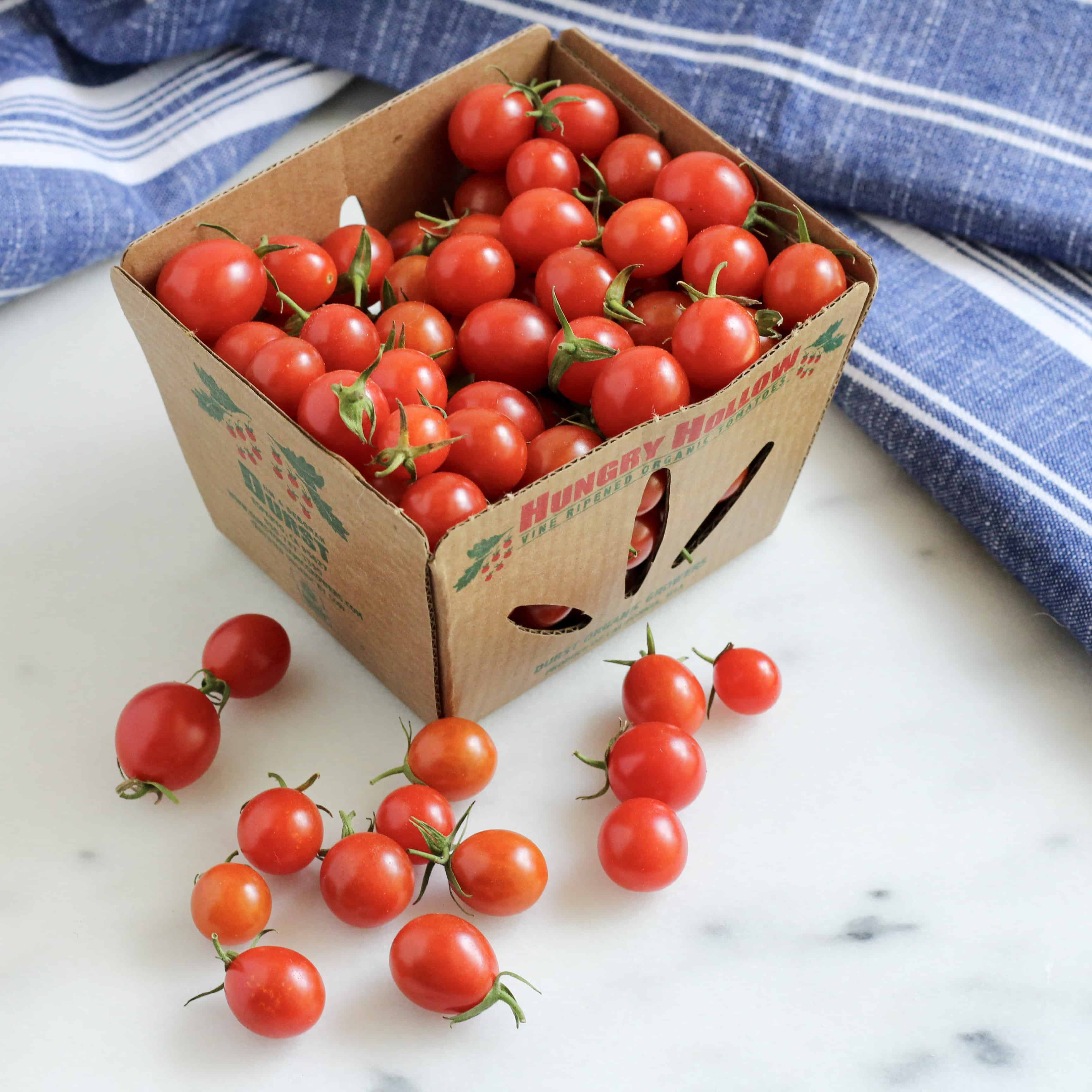
Amaranth Tabbouleh
This recipe is not a new one for me. I actually made it years ago for a cooking class when I was working as an intern in community wellness. Figured it was time to share it on the blog, especially since I overestimated how much parsley I needed for a different recipe and needed to use that up (along with the tomatoes).
Now, I will never claim that this is an authentic or traditional tabbouleh recipe. I know there’s some purists out there who may be a little turned off by my take on it. I’m fully aware this breaks from tradition. But it tastes good…and it’s colorful and chock full of flavor…and it’s super easy to make…so, yeah. We’re gonna go with it.
[Tweet “Try this Amaranth Tabbouleh with Chickpeas to make the most of what’s left of summer veggies and herbs”]
What is Amaranth?
If you’re not familiar with amaranth, it’s a teeny tiny grain that’s similar in shape and texture to quinoa…only much, much smaller. It needs a 3:1 ratio of liquid to dry grain, so if you experiment with it in some recipes that’s the conversion you’ll want to use. Unlike pasta, you won’t need to drain it. The grain will absorb the liquid as it cooks and you’ll end up with a porridge-like consistency. Once it cools you can fluff it with a fork.
There are lot of amaranth recipes out there but I think it works especially well in this one because the grain isn’t meant to be the star of the show. Usually bulgar wheat is used – always an option, as well as quinoa, farro, freekeh, or any other whole grain you want to try. But amaranth is tiny so it’s small size lets it blend right in so you can focus on the great flavor and crunch from all the fresh veggies and herbs!
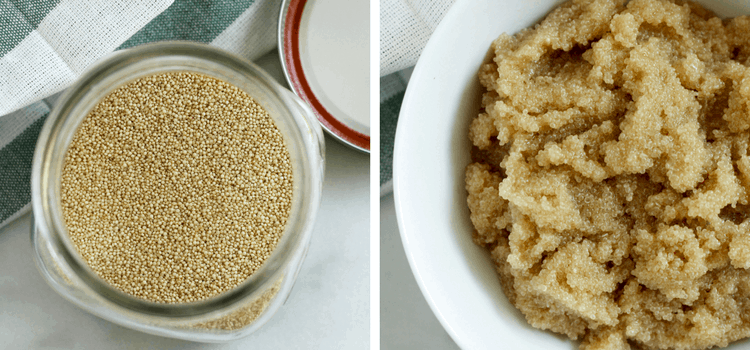
Recipe Tips and Tricks
Don’t be intimidated by the amount of chopping this recipe requires. There’s plenty of time to get that done while the amaranth is cooling to room temperature. Here’s a few tricks I used for this recipe:
- Use a salad spinner to wash and dry the herbs. This recipe calls for quite a bit more herbs that I usually work with, so my salad spinner helped me get everything prepped much more quickly, and with much less mess.
- Chop the herbs (with a knife, not a food processor). Although it’s going to be tempting to get them all chopped with a couple pushes of a button, resist the urge. A food processor will bruise the fresh herbs more than the blade of a knife will. If you plan to eat the full recipe immediately, no worries. But if you’re like me and planning for leftovers, go with the knife – your leftovers will last longer.
- Don’t add too much liquid. The lemon is one of the best parts of this recipe, but if you’re itching for more flavor, add additional lemon zest instead of lemon juice. Since the amaranth is so small (and already cooked) it won’t soak up excess liquid like other grains will. You don’t want to end up with a soupy mess in the bottom of your bowl!
I’m sucker for pine nuts so before serving I tossed a few more on there. You know, just for fun. Adding feta cheese to the mix brings another element of saltiness. If you’re sticking to a vegan-friendly option, don’t feel like the feta is an essential part of the mix.
So while the days are getting shorter (already?) and the temperatures are getting cooler (happy dance on the inside) I’m plowing through as many bowls of this stuff as I can before the farmers markets run out of good looking cucumbers and tomatoes.
What will you miss most about summertime once it’s gone? Are there other amaranth recipes you’ve tried and loved?
Here is the recipe for Amaranth Tabbouleh with Chickpeas:
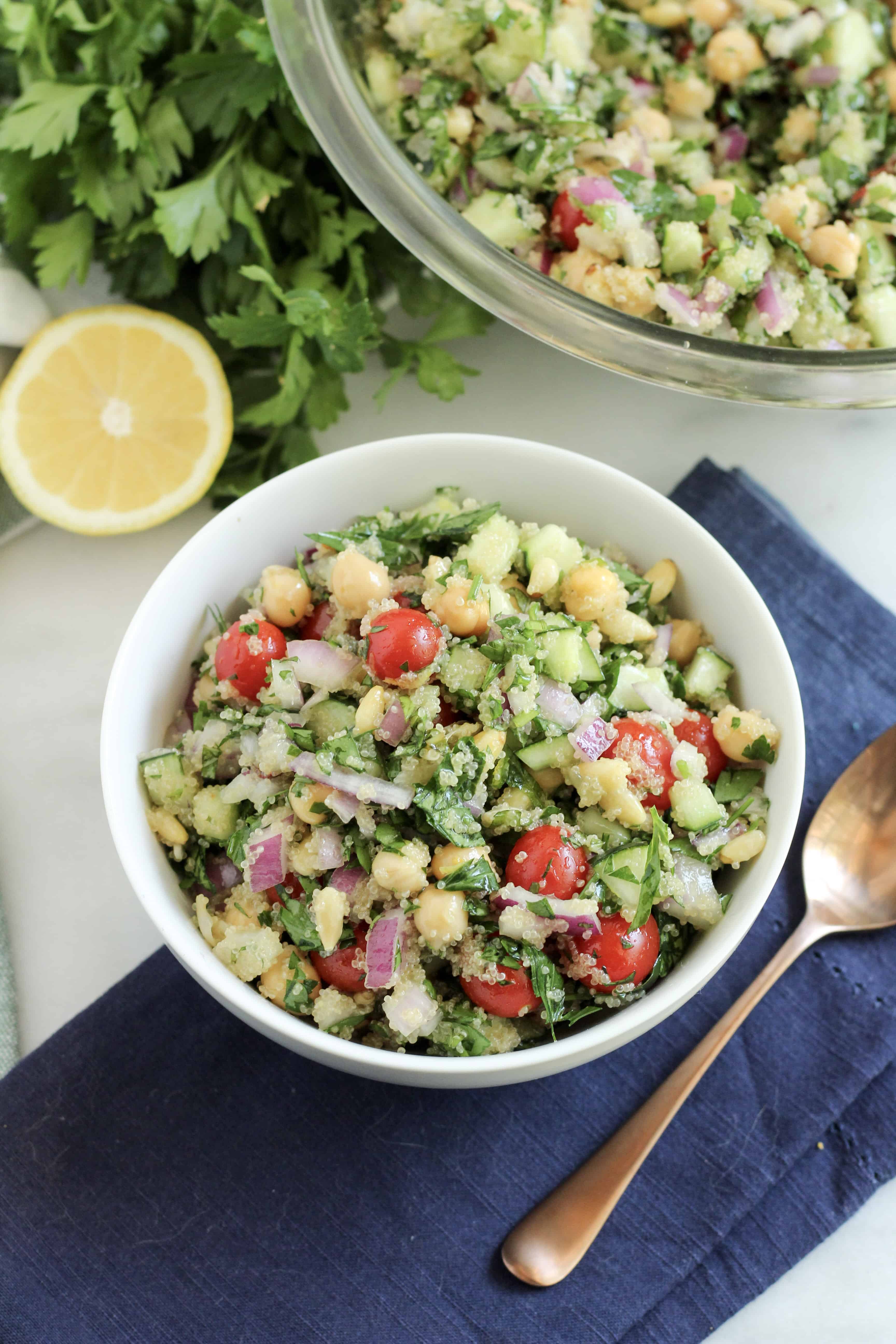
Amaranth Tabbouleh with Chickpeas
Ingredients
- 1 1/2 cups water
- 1/2 cup uncooked amaranth
- 1 large cucumber
- 3/4 cup fresh parsley, chopped
- 1 small red onion, finely diced
- 1 cup cherry tomatoes
- 1/4 cup fresh mint, chopped
- 2 tbsp olive oil
- 1/2 cup pine nuts
- 1 1/2 tsp lemon zest
- 1/4 tsp fine sea salt, plus more to taste
- 3/4 cup feta cheese, crumbled (optional)
- 1/4 tsp crushed red pepper, plus more to taste
- 1 can chickpeas, drained and rinsed
- 1 1/2 tbsp lemon juice
- Pinch black pepper
Instructions
- Bring the water for a boil in a medium saucepan over high heat. Add the amaranth and reduce to a simmer. Cover and cook for 15-20 minutes or until nearly all of the liquid is absorbed. Remove from heat and transfer to a large mixing bowl. Spread into an even layer and allow to cool.
- While the amaranth is cooling, slice the cucumber in half. Using a spoon, scoop and scrape to remove the seeds. Slice into strips, then dice. Finely dice the red onion and chop the herbs. Add the veggies, herbs, and all other ingredients to the mixing bowl with the amaranth once it reaches room temperature. Mix well.
- Add the cheese and toss gently. Serve immediately or chill for 30-60 minutes if desired. Store in the refrigerator for 3 to 5 days.
Notes
Nutrition
[Tweet “Have you cooked with amaranth before? This Amaranth Tabbouleh is a great place to start!”]
SaveSave
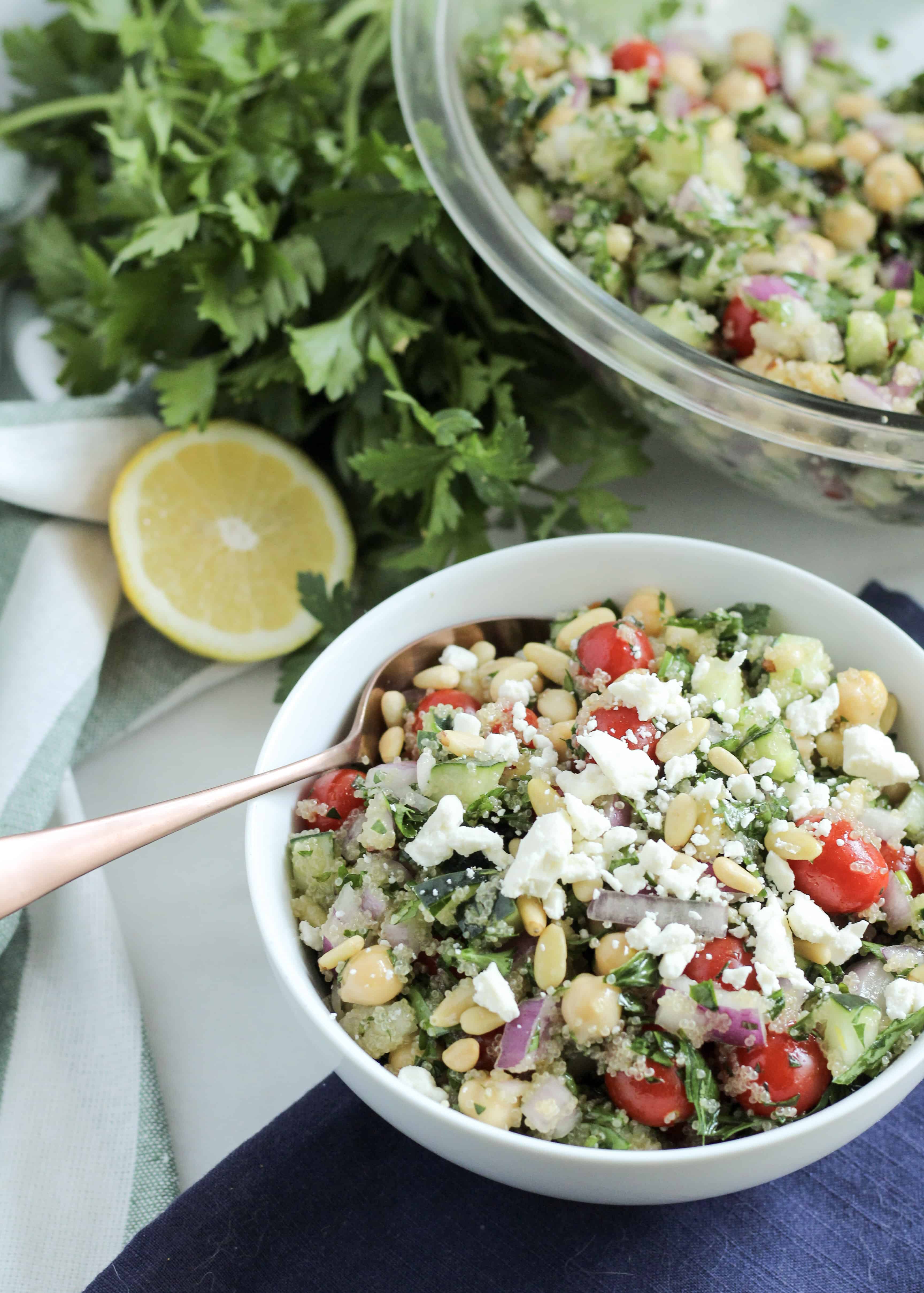
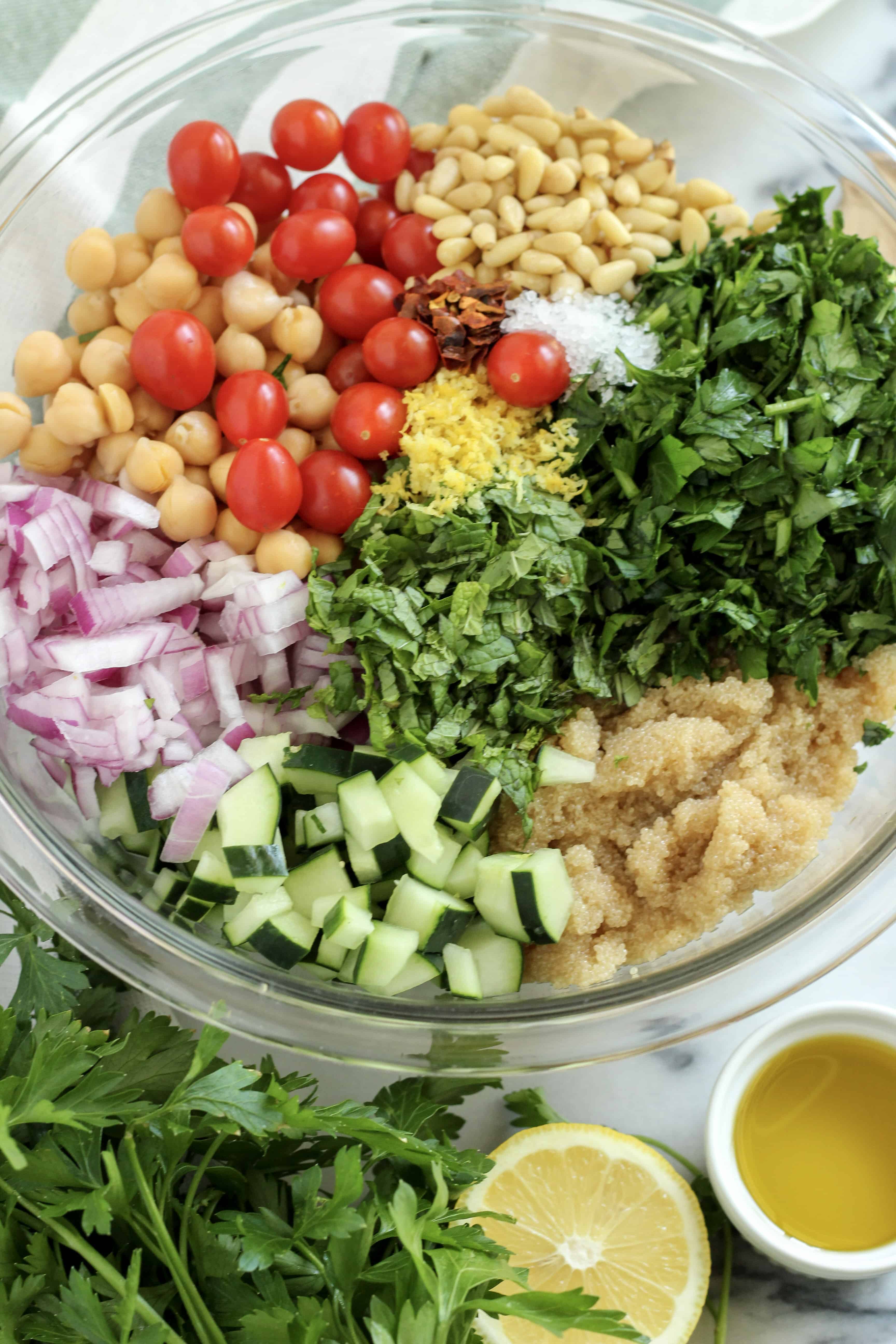
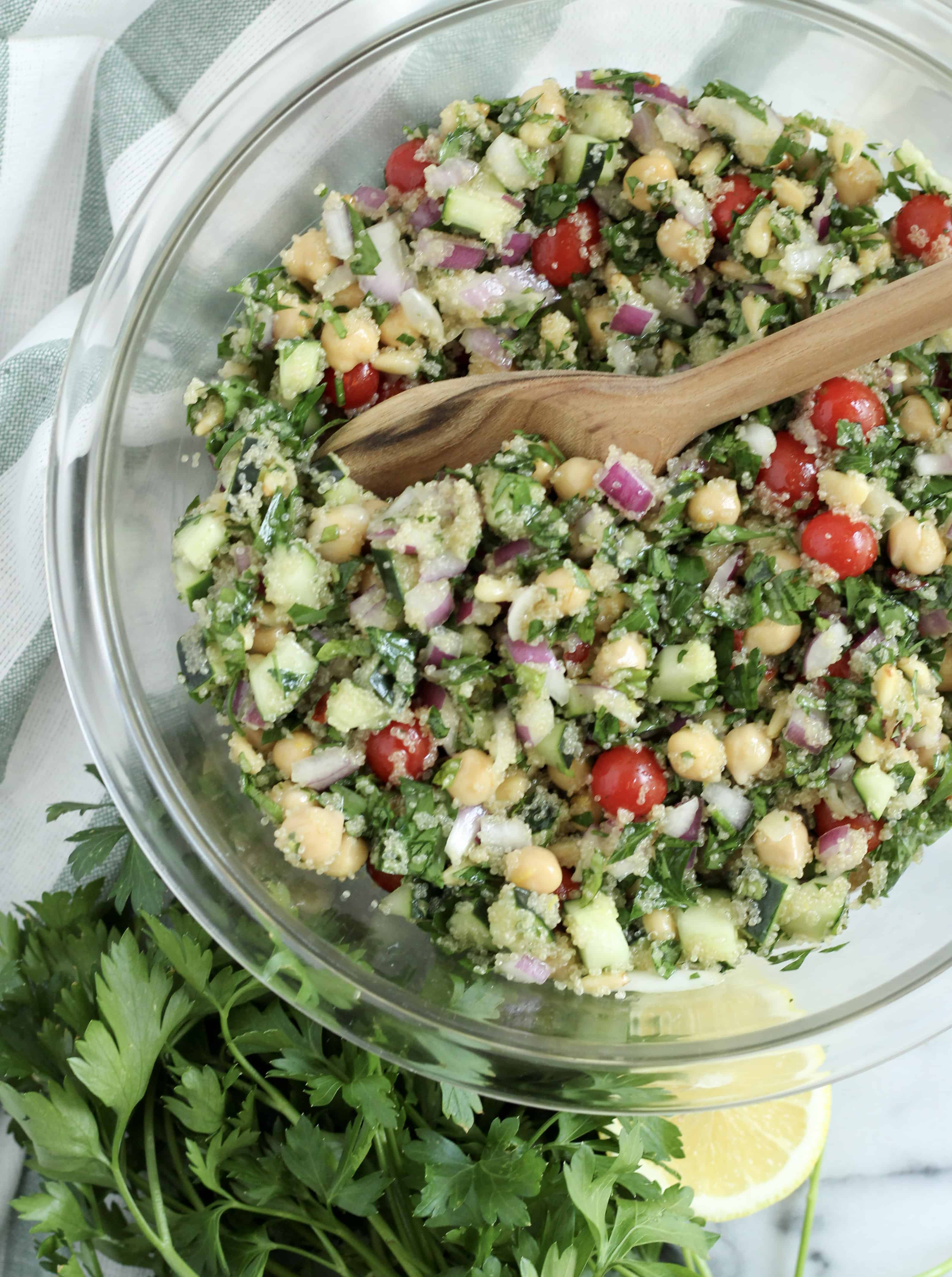
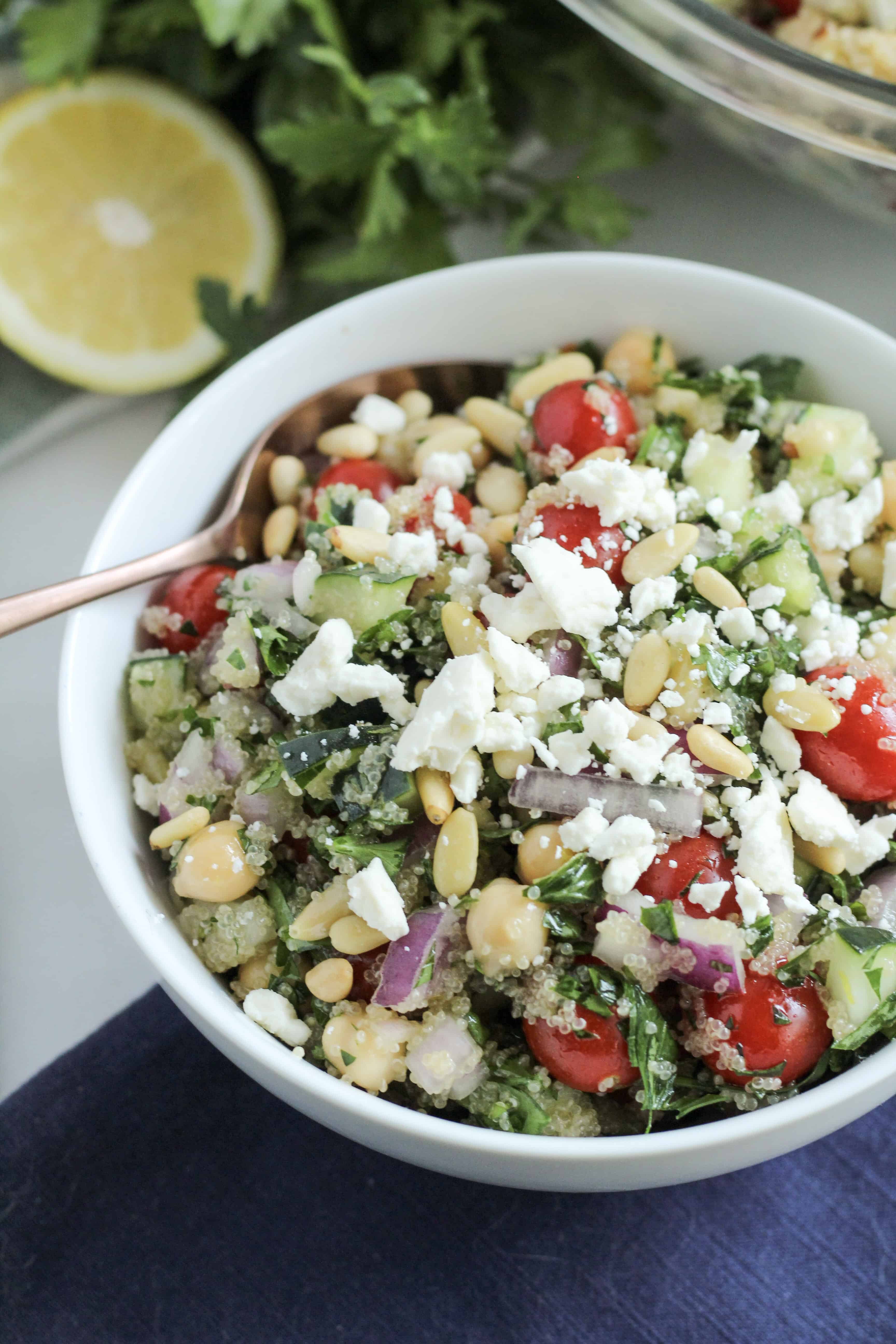

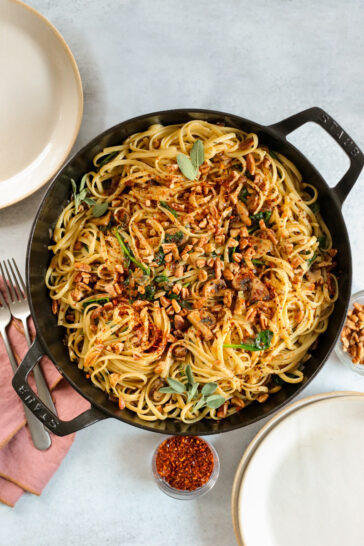
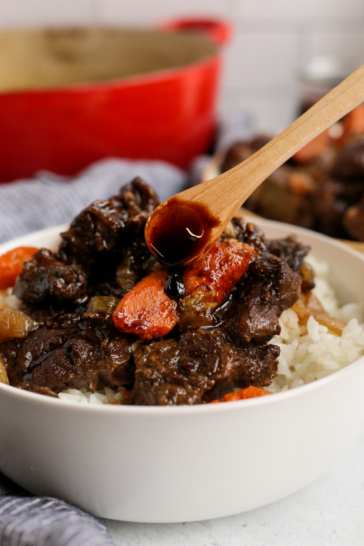
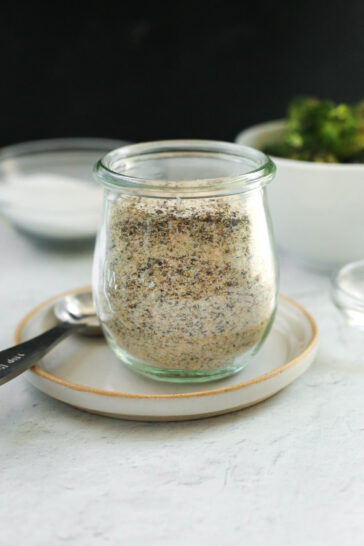
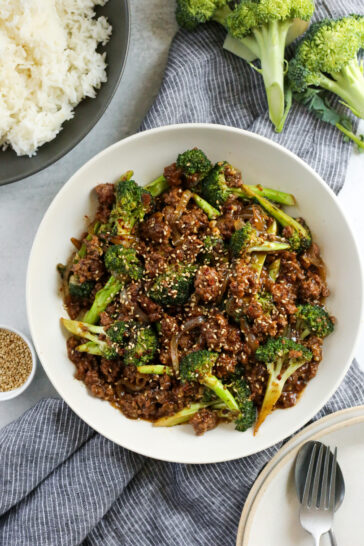
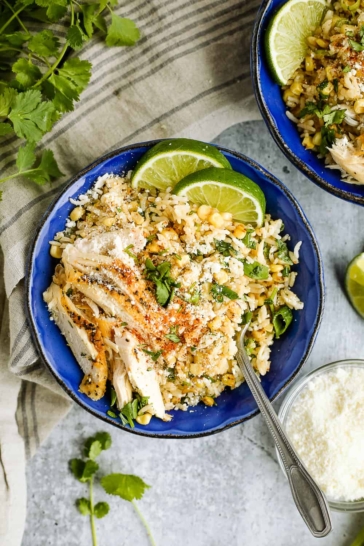
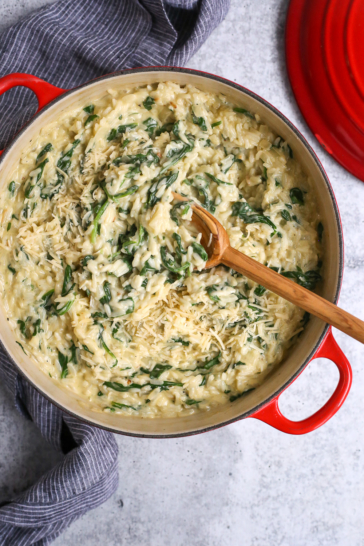







Questions & Reviews
I’m on a mission to try a bunch of new ancient grains and amaranth is on my list. This looks like a great salad!
Thank you, Mona! And there’s so many to choose from – I get stuck in a rut with quinoa everything so I’m glad I mixed it up!
This tabbouleh looks great and I live that it’s made with amaranth. Thanks for the tips as well!
Thank you, Kate, enjoy!